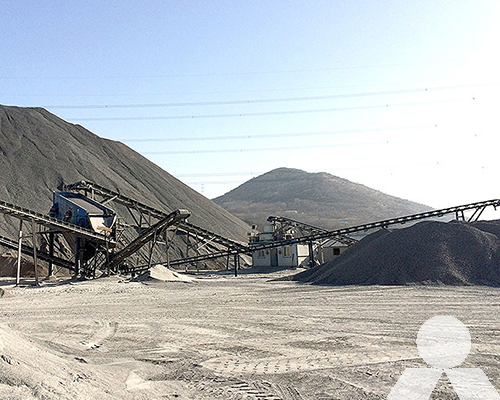Barite beneficiation processing plants in the United States
Barite is a naturally occurring mineral that is composed of barium sulfate. It is a heavy, white or grayish-white mineral that is used in a variety of applications, including drilling mud, construction, and ceramics.

The United States is a major consumer of barite. In 2022, the country consumed an estimated 3.4 million metric tons of barite, making it the world’s second-largest consumer behind China.
Barite is mined in a variety of locations in the United States, including Texas, Louisiana, and Mississippi. The mined barite is then transported to beneficiation processing plants, where it is cleaned and concentrated.
The beneficiation process for barite typically involves the following steps:
- Crushing and grinding: The mined barite is crushed and ground to a fine powder.
- Separation: The crushed barite is then separated from other minerals using a variety of methods, such as gravity separation, flotation, or magnetic separation.
- Washing: The separated barite is then washed to remove impurities.
- Drying: The washed barite is then dried to a desired moisture content.
The beneficiation process results in a high-quality barite product that is suitable for a variety of applications.
Barite beneficiation processing plants in the United States
There are a number of barite beneficiation processing plants in the United States. Some of the largest plants include:
- Cimarron Resources in New Mexico
- National Oilwell Varco in Louisiana
- Newpark Resources in Texas
- Cimabar in Louisiana
These plants are capable of processing millions of metric tons of barite each year.
The future of barite beneficiation in the United States
The demand for barite is expected to continue to grow in the United States in the coming years. This is due to the increasing use of barite in drilling mud, construction, and other applications.
As a result, the demand for barite beneficiation processing plants in the United States is also expected to grow.









